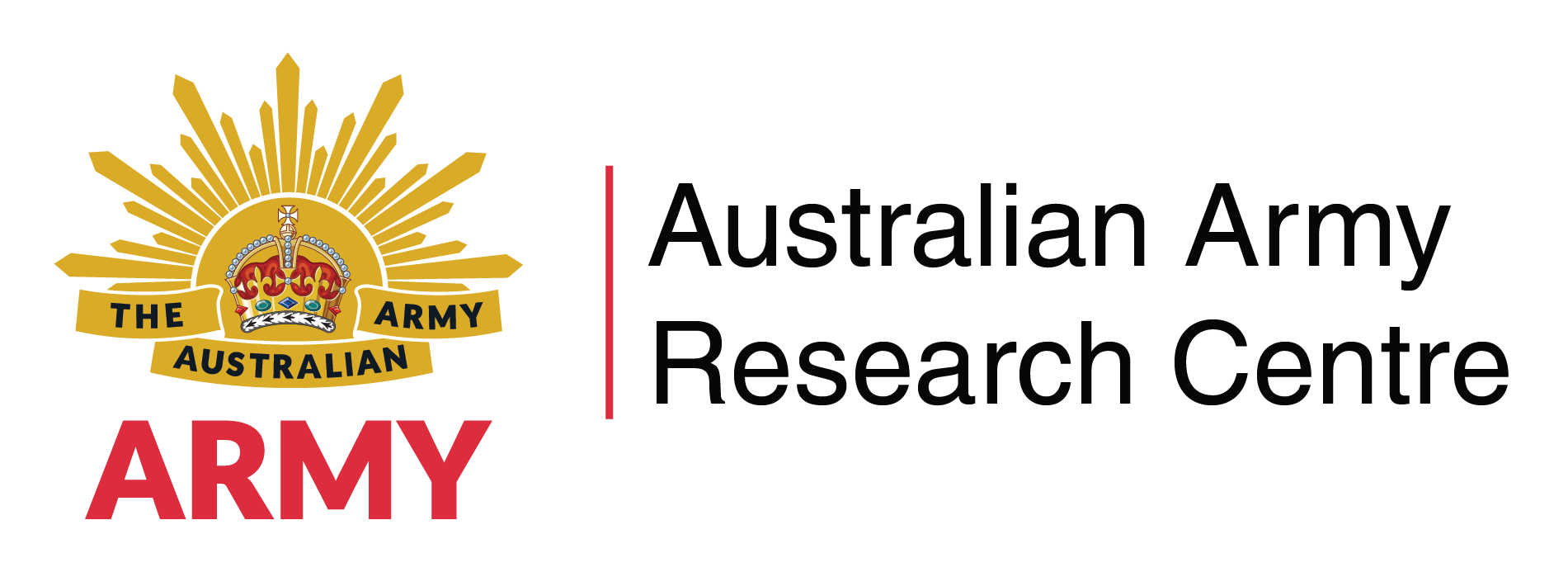Search
Using the filters to the left, click your selection, it will become bold and filter the results, click it again to remove that filter.
Abstract The purpose of this article is to demonstrate the role a conventional parachute capability can have in modern expeditionary operations. It will argue that a conventional parachute capability is still viable and relevant in the Australian Defence Force, either as a single capability or in support of the amphibious capability, particularly in regard to the force required to undertake modern expeditionary operations. In addition, this article will query the viability of the development of the …
Abstract The recently endorsed and released Adaptive Campaigning had been cited as ‘fundamental to achieving the Adaptive Army’. The late Colonel John Boyd, USAF, famed for his work on the ‘OODA loop’ also conducted a considerable amount of research on adaptation in times of conflict and peace. This article reviews the lessons that Army could learn from his work. The article also argues that some elements of his work have been corrupted in Adaptive Campaigning, in particular the new ‘Adaption Cycle’ seen …
Listed below are a select group of books recently or soon to be published that either contribute to the discussions initiated in the articles in the Australian Army Journal or on subjects that may be of interest in the near future. Some of these books may be reviewed in forthcoming editions of the Journal. David Horner, Australia’s Military History for Dummies , John Wiley & Sons, 2010, ISBN 9781742169835, 384 pp, RRP AU$45.00. War has had an enormous effect on the way Australians perceive themselves—as a …
Brigadier Phillip Jamieson Greville, CBE (1925 - 2011) Phil Greville was born in Queenscliff, the son of Staff Sergeant (later Colonel) S J Greville, OBE of the Australian Signals Corps. After schooling in Victoria, New South Wales and the Australian Capital Territory—a consequence of the posting cycle even then—he graduated from one of the wartime courses at RMC Duntroon in December 1944 (although through illness he was not commissioned until January 1945). He served in New Guinea at the war’s end, with …
Abstract I was privileged to spend the last two years commanding the 3rd Combat Engineer Regiment, and I loved every minute of it. Apart from the enjoyment of being a brigade soldier again, and the pleasure of regimental life, the exercise of command is an intellectually engaging pursuit. There was rarely much complexity in the decision-making, but with a wide sphere of influence, responsibility for a large number of people, and the need to nurture every aspect of the regiment for the long term, it was a …
Abstract Army recruits have traditionally entered the ARA straight from school with no previous military experience, a method known as ab initio entry. More recently, other avenues of entry including re-enlistment, reserve transfer, and overseas transfer have increasingly been used to augment ab initio entry. There are disadvantages in an overemphasis on non- ab initio avenues of entry, which, in our continued desire to fill vacancies and achieve recruiting targets, are often overlooked. This article …
Abstract This article argues that the Australian Defence Force Academy, by virtue of its original charter, access to resources and duration of its officer training course, offers a unique and unrealised suite of opportunities yet to be fully realised and harnessed toward ADF capability. The author offers practical suggestions for implementing a number of ready, command-led measures for directing the academy toward this end, thereby increasing graduates’ contributions to Defence capability across the …
Abstract Dissatisfied with its soldiers’ physical readiness for combat, the US Army has recently conducted a sweeping review of its physical training program. To a degree, the rise of innovative fitness programs such as CrossFit influenced this review. This article contends that the theory and practice of physical training in the Australian Army requires review. The CrossFit strength and conditioning program offers an innovative prism through which to identify opportunities for improvement. Specifically …
Abstract There is currently a gap in foreign engagement that threatens to degrade the high level of cultural awareness now required by Army. Similarly, there are a number of programs existing in and available to Army that could be drawn upon to empower a new specialisation similar to the United States military Foreign Area Officer. This article examines the possibilities and advantages of such a stream and offers some proposals for starting a venture in this direction. Introduction A number of articles …
Abstract In response to the 2009 Defence White Paper, the Australian Army is developing the Army Objective Force 2030 concept based on the 1st, 3rd and 7th manoeuvre brigades. This article examines the extant Army Aviation capability and identifies that due to its size and structure it is unable to effectively support this emerging force. This article argues that in order to fully embrace the Army Objective Force concept, radical change may be required within the Army Aviation capability and the …
